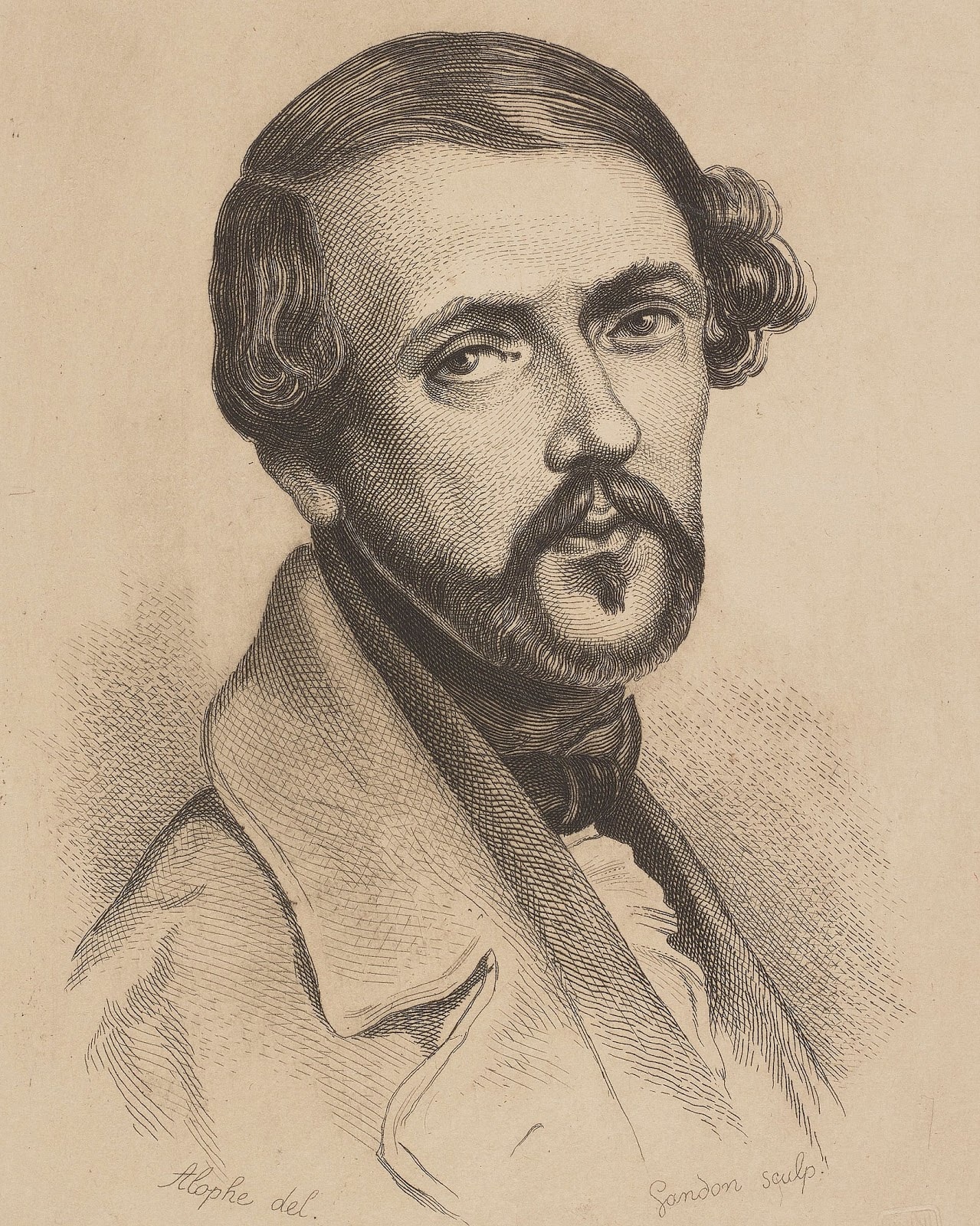
James PRADIER
Pradier’s parents placed him in the workshop of a jeweller, where he learnt engraving on metal. He attended drawing classes in Geneva, before leaving for Paris in 1807. By 1811 he was registered at the Ecole des Beaux-Arts and subsequently entered its sculpture competitions as a pupil of François-Frédéric, Baron Lemot. A more significant contribution to his artistic formation around this time was the guidance of the painter François Gérard. Pradier won the Prix de Rome in 1813 and was resident at the French Academy in Rome, from 1814 until 1819. On his return to France, he showed at the Salon of 1819 a group Centaur and Bacchante (untraced) and a reclining Bacchante (marble; Rouen, Musée des Beaux-Arts).
The latter, borrowing an erotically significant torsion from the Antique Callipygean Venus, opens the series of sensuous Classical female subjects that were to become Pradier’s forte. In Psyche (marble, 1824; Paris, Musée du Louvre) new ingredients were added to Pradier’s references to the Antique. Pradier explored the theme of dancers in several different statuettes. In some models the dancer were African, such as Danseuse africaine au tambourin and the Négresse aux calebasses. In others Pradier used scantily glad nymps, some with garlands, some with tambourine: Pradier Danseuse à l’écharpe, Pradier Figures dansant aux fleurs and Pradier Odalisque dansant.

